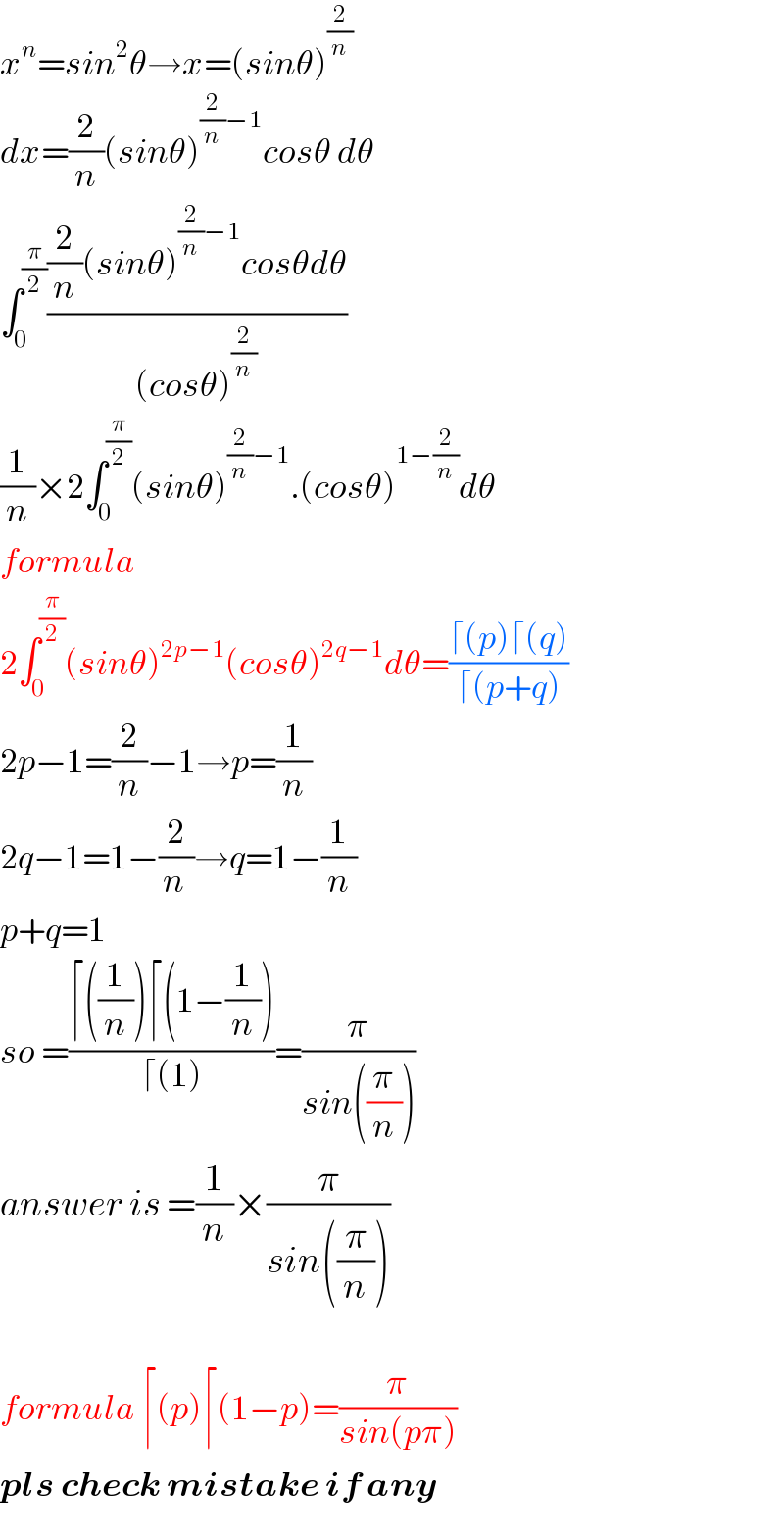
Question and Answers Forum
Question Number 81801 by Power last updated on 15/Feb/20

Commented by mathmax by abdo last updated on 16/Feb/20

Answered by TANMAY PANACEA last updated on 15/Feb/20

Commented by Power last updated on 15/Feb/20

Commented by Tony Lin last updated on 15/Feb/20

Commented by TANMAY PANACEA last updated on 15/Feb/20

Commented by Power last updated on 15/Feb/20

Commented by mathmax by abdo last updated on 16/Feb/20

